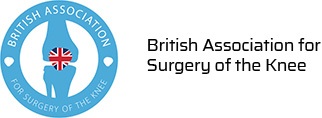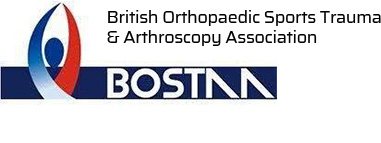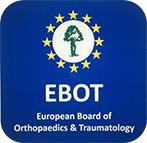ACL Reconstruction
The anterior cruciate ligament (ACL) is one of the major stabilising ligaments in the knee. It is a strong rope-like structure located in the centre of the knee running from the femur to the tibia. When this ligament tears, it does not heal on its own and often leads to the feeling of instability in the knee.
Causes of an ACL Injury
An ACL injury most commonly occurs during sports activities that involve twisting or overextending of your knee. ACL injuries may involve :
- Sudden directional change
- Slowing down while running
- Landing from a jump incorrectly
Symptoms of an ACL Injury
When you injure your ACL, you might hear a loud "pop" sound and may feel the knee buckle. Within a few hours after an ACL injury, your knee may swell due to bleeding within the torn ligament. You may notice that the knee feels unstable or seems to give way, especially when trying to change direction.
Diagnosis of an ACL Injury
An ACL injury can be diagnosed with a thorough physical examination of the knee and diagnostic tests such as X-rays (to rule out fractures) and an MRI scans.
ACL Reconstruction Hamstring Tendon Autograft
The ACL is most commonly reconstructed using a tendon from the same individual. An autograft refers to using a tendon graft from the same person to transplant elsewhere on their body.
ACL reconstruction with hamstring autograft method is a surgical procedure to replace the torn ACL with part of the hamstring tendon taken from your leg. The goal of ACL reconstruction surgery is to tighten your knee and restore its stability.
The Hamstring is the muscle located on the back of your thigh. The procedure is performed under general anaesthesia.
ACL reconstruction is performed through small incisions on the knee . An arthroscope, a tube with a small video camera on the end is inserted through one incision to view the inside of the knee joint. Along with the arthroscope, a sterile solution is pumped into the joint to expand it, enabling the surgeon to have a clear view and space to work inside the joint. A small incision is made where the hamstring tendon attaches to the tibia to take the graft.
The torn ACL will be removed and the pathway for the new ACL prepared. The arthroscope is reinserted into the knee joint through one of the small incisions. Small holes are drilled into the upper and lower leg bones (tibia and femur) where these bones come together at the knee joint. The holes form tunnels in your bone to accept the new graft. The graft is pulled through these holes and then fixed into the bone with a button and/or screws to hold it into place while the ligament heals into the bone.
The incisions are then closed with sutures and a dressing is placed.
Mr Taneja's practice is focussed solely on the Knee joint and he performs a high volume of knee arthroscopies and ACL reconstructions. At the consultation, Mr Taneja will discuss the procedure with you in detail and answer any questions you may have.









